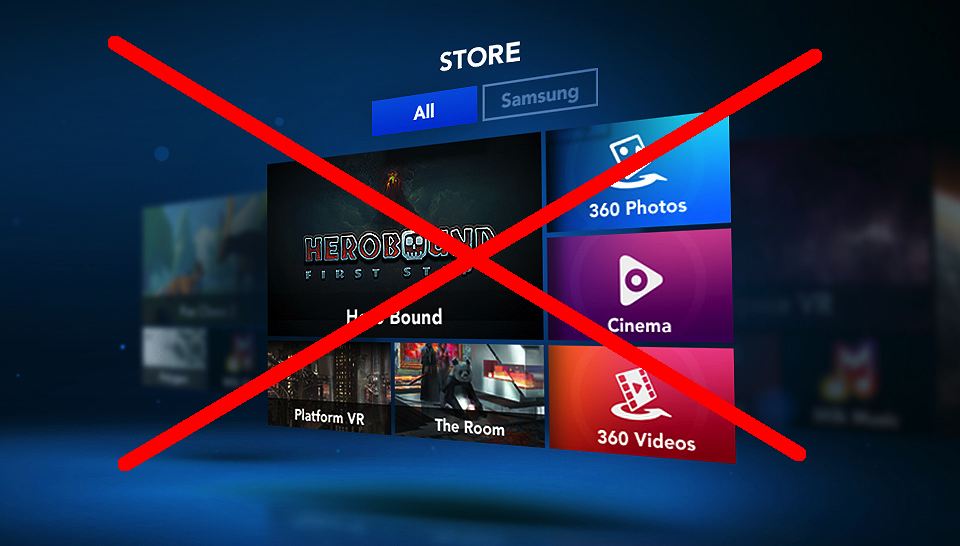2D Symbols are Obsolete and Should be Reinvented for Augmented and Virtual Reality
In 2011, my team of designers with extensive experience in developing for mobile platforms started developing the first interfaces for augmented (AR) and virtual reality (VR) applications.
After a series of tests, we realized that the simple transfer of experience from 2D UI/ UX design into the field of 3D virtual reality and augmented reality does not work; at that time I wrote an article “Future belongs to Augmented Reality and 3D interfaces”.
Moreover, the utility and usability of interfaces in virtual reality and augmented reality are fundamentally different and even the experience of interface design for 3D games does not play a big role and should not be considered relevant.
Different 2D texts, which have to be placed on different 2D backgrounds (i.e. menus) for better user experience, look especially “old-school” in virtual reality and augmented reality.

After in-depth analysis we can take courage to assume that more and more 2D interfaces will be replaced with 3D interfaces due to mass adoption of 3D.
Moreover, this is a natural process – the world around us is not flat but 3-dimentional. So it is more natural for people to work and operate by using not 2D but 3D tools.
2D interfaces in mobile phones and computers, 2D photos, 2D screens and even paper, and books – all these “simplifications” have appeared due to technology limitations.
I won’t list all my ideas about future of symbols in this post (too vast material), but here are some of them that may give you an idea in which direction it makes sense to look and think:
1. Every day in social networks more and more people use symbols that convey more complex meaning than just letters of an alphabet – emoji. They are still 2D, but we can expect similar 3D emoji for virtual and augmented reality social networks to appear. Perception (interpretation) of these 3D emoji will become more common and there are high chances that people will be able to create whole lines of 3D symbols to express something very soon.

2. Chinese hieroglyphs are made of different elements. Any hieroglyph can be decomposed into basic “symbols”. We can assume that some 3D elements will be also used for 3D alphabet of virtual and augmented realities. They will be used to create complex 3D “hieroglyphs”, which people will be able to observe and interpret through decomposition into elementary 3D objects, which have an unambiguous meaning.


3. Thanks to virtual and augmented reality glasses, we will have more powerful tools for visualization and interpretation – colors, dynamic elements, sound, interactivity, etc. could be used to convey the context.
Due to the complexity of creation tools, the world reaches to the problem of loss of accuracy of interpretation of new texts.
Nevertheless, at the same time, new tools (AR glasses, VR headsets, AI / ML algorithms) allow us to simplify and accelerate their interpretation.
I would assume that the world is slowly moving away from classic 2D texts towards the era of “texts” that will resemble interactive 3D video.
But who are we without “2D literacy” that made us humans?
After all, in the beginning was the word, the word of «a man» who lives, thinks and plans in .. 3D ;=)
Best regards,
v @ vactivity.com
If you like this article, please subscribe to my monthly newsletter:

